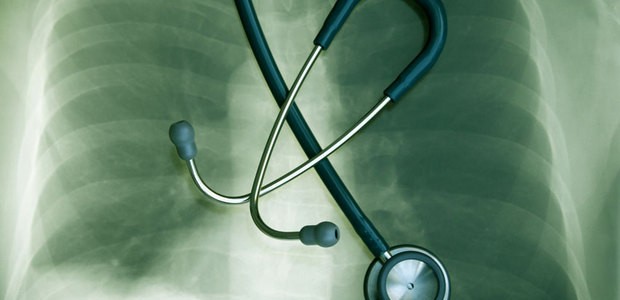A panel of U.S. doctors that offer advice for government health policy decisions has recommended annual lung cancer screenings via low-dose CT scan for older smokers. This is the latest decision from the U.S. Preventive Services Task Force, and it is an update for the 2004 guidelines in place for lung cancer screening. At that time, the panel did not think there was enough evidence to support this new measure. The panel’s recommendations are often used by insurer’s when it comes to determining coverage charges (CT scans cost between $100 to $400).
Unfortunately, studies have shown that CT scans could increase your risk for radiation-induced cancers. There is also a decent chance that they could receive false positives, though these can be resolved with further imaging tests or even invasive surgery. The U.S. Preventive Services Task Force has reviewed prior studies, and they decided that the benefits outweighed the risks.
Smoking can Lead to Lung Cancer
“The more you smoke over time, the more at risk you are for lung cancer,” stated Task Force co-vice chair, Dr. Michael LeFevre. “When deciding who should be screened, clinicians will need to assess the person’s age, overall health, how much the person has smoked, and whether the person is still smoking or how many years it has been since the person quit.”
Smoking is the leading cause of lung cancer in the United States, and this disease is currently the third leading cause of death. In this year alone, the National Cancer Institute estimates that about 228,200 people will be diagnosed, and 159,500 people are expected to die. The research suggests that nearly 20,000 people could be saved each year through improved screening measures.
Screening Recommendations for “30 Pack Year” Smokers
The Task Force now recommends lung cancer screening for people between the ages of 55 and 79, and who have the equivalent of at least 30 pack years of smoking. This recommendation goes for both current smokers and people who have quit smoking in the last 15 years.
Now, the term “pack year” means that someone has smoked the equivalent of a pack a day for a full year. So, if a person smokes a pack per day on average for 30 years, that is roughly equivalent to someone who smokes two packs a day for 15 years.
Lung cancer clinical studies have shown that the disease rate is generally low amongst people who are younger than 50, but this risk grows with age. Being older than 60 and decades of pack years are the two primary risk factors when it comes to lung cancer. The Task Force’s goal is to identify more cases of lung cancer at a stage where it can be efficiently treated.
Screening Doesn’t Replace Quitting
The director of the National Cancer Institute, Dr. Harold E. Varmus, has mentioned in interviews that he hopes these new guidelines will alter the way that people think about lung cancer. However, he has also stated his hope that it does leave smokers with a false sense of security.
Dr. LeFevre also has offered a cautionary side note when it comes to these new guidelines. He believes that smokers should be encouraged to quit, and that further measures should be taken in order to protect people from tobacco exposure. Over time, this would result in fewer and fewer cases of lung cancer. Screening for lung cancer is beneficial, but it is not an alternative to smoking cessation.

